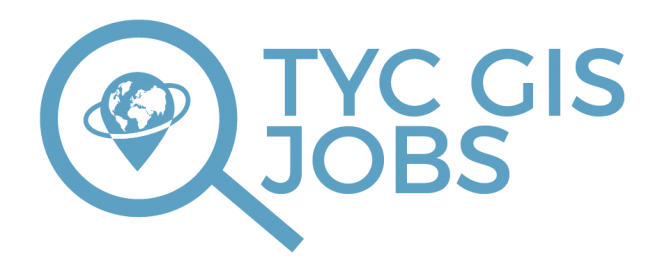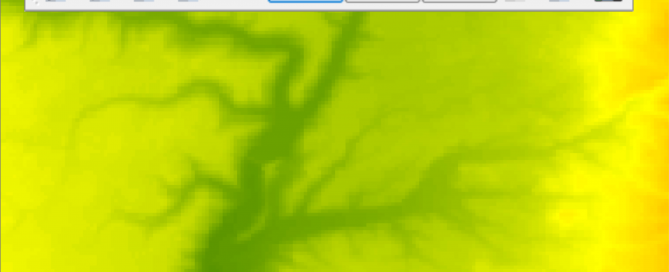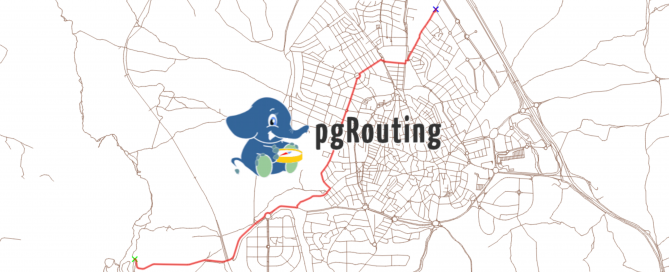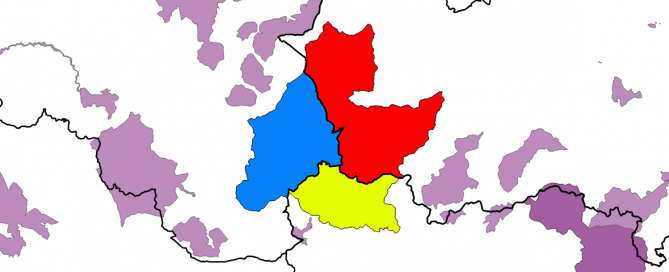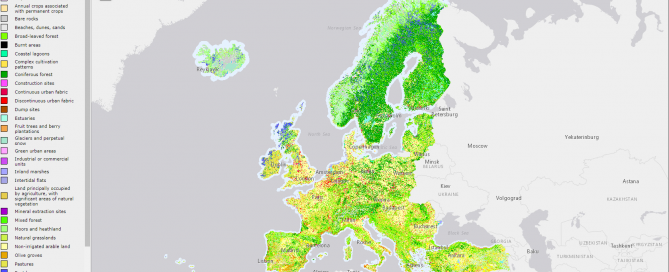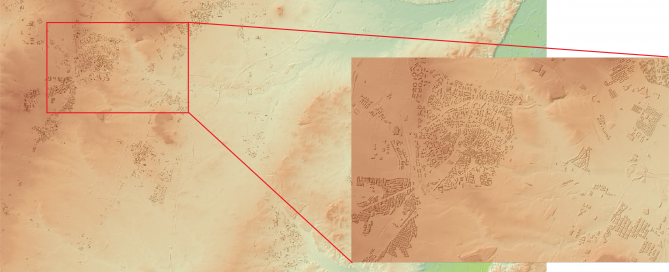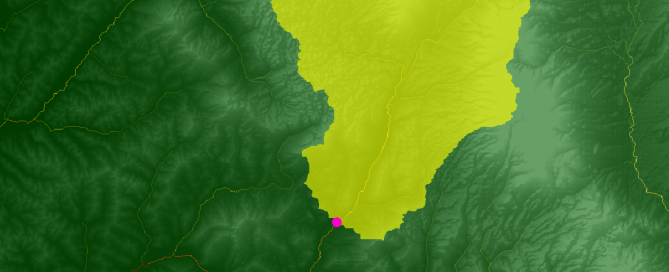GIS property technician
Location: Bath - United Kingdom GIS property technician YOUR RESPONSIBILITIES: Processing and manipulating data as required to service the open water new connections process for loading into market and GIS systems Undertaking, monitoring, reporting and coordinating the daily processing of property and meter data Maintaining relevant data within customer billing, meter reading and GIS to required [...]

